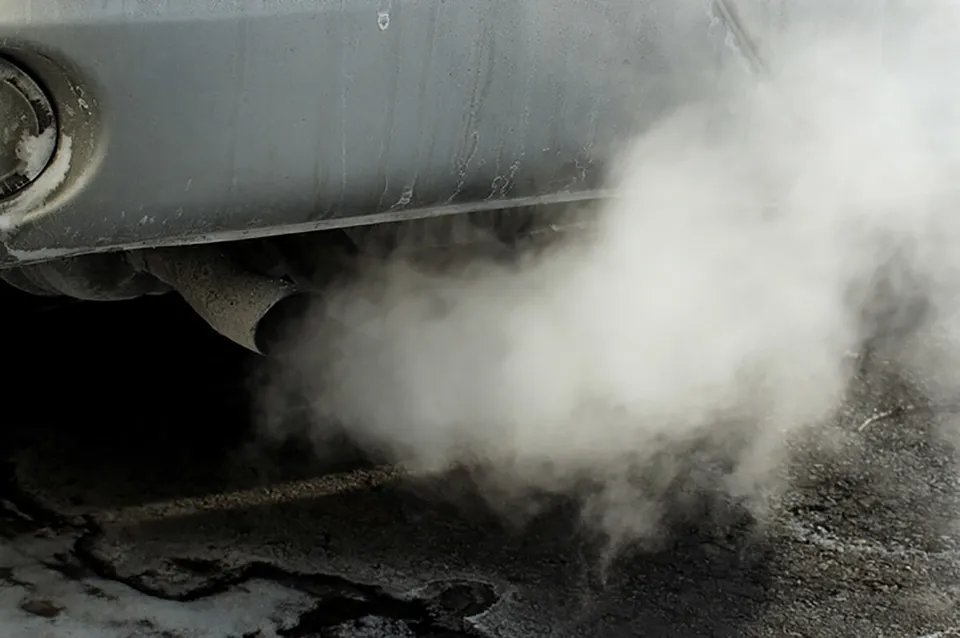Diesel’s market share in the EU-15 fell from 50.2% to 46.3% of all new car registrations in the first half of 2017.
In absolute numbers, 152,323 fewer diesel cars were sold. This drop was offset by an increase in the sale of petrol vehicles, which manufacturers suggest will pose additional challenges to meeting future CO2 reduction targets.
For the first time since 2009, petrol vehicles have overtaken diesel to become the most sold car type in the EU-15. Petrol vehicles now account for 48.5% of new passenger car sales, up from 45.8% a year ago, which translates into 328,615 extra petrol cars sold year-on-year.
Electric vehicles accounted for 1.3% of total car sales (a market share which remains stable), hybrids for 2.6%, and cars powered by propane or natural gas for 1.3%.
“Alternative powertrains will undoubtedly play an increasing role in the transport mix, and all European manufacturers are investing heavily in them,” said ACEA secretary general Erik Jonnaert. “To this end, more needs to be done to encourage consumers to buy alternatively-powered vehicles, for instance by putting in place the right incentives and deploying recharging infrastructure across the EU.
“In the meantime, however, as diesel cars emit significantly less CO2 than equivalent petrol-powered vehicles, they will have to be part of the gradual transition to low-carbon vehicles, acting as a ‘bridge’ technology.”
He continued: “Policy makers need to be aware that a sudden shift from diesel technology to petrol will lead to an increase in CO2 emissions, given that the market penetration of alternative powertrains remains low.”
New passenger cars in the EU-15 by fuel type
|
H1 2017 |
H1 2016 |
Change in units |
|
|
Petrol |
3,658,088 |
3,329,473 |
328,615 |
|
Diesel |
3,491,430 |
3,643,753 |
-152,323 |
|
Alternative powertrains |
392,954 |
289,739 |
103,215 |
|
Of which LPG/NGV/E85 |
98,933 |
94,549 |
4,384 |
|
Of which HEV |
198,579 |
125,535 |
73,044 |
|
Of which ECV |
95,442 |
69,655 |
25,787 |





















Mike Rich - 28/09/2017 11:01
A recent study said that the entire life of a diesel car will emmit more CO2 than a petrol car due to other factors other than exhaust emissions. The building of diesel engines and how diesel fuel is defined and how car manufacturers are making diesel cars larger and heavier have not been accounted for.